- myFICO® Forums
- FICO Scoring and Other Credit Topics
- Understanding FICO® Scoring
- Re: Utilization has no memory... But should it?
- Subscribe to RSS Feed
- Mark Topic as New
- Mark Topic as Read
- Float this Topic for Current User
- Bookmark
- Subscribe
- Mute
- Printer Friendly Page
Utilization has no memory... But should it?
Is your credit card giving you the perks you want?
Browse credit cards from a variety of issuers to see if there's a better card for you.
- Mark as New
- Bookmark
- Subscribe
- Mute
- Subscribe to RSS Feed
- Permalink
- Report Inappropriate Content
Re: Utilization has no memory... But should it?
@sjt wrote:All of you have brought up some very interesting points.
I noticed on my paper credit reports that they have a historical list of the payments made on accounts and I do think creditors see this and use it for their own data points, hence many creditors have their own internal scoring using information that not necessarily on on-line credit reports.
Hello SJT! Yep, this is a point I made on each of my posts. This is called "trended data." Not only is the amount you paid listed each month, but so is the amount you owed (typically the amount on your monthly statement). Not every credit card that you have will have these data, stretching back many months, but many of your cards will.
In the history of the CRAs it's a pretty new development. For decades the CRA databases were not set up to store these long term data, which is why FICO (and other scoring algorithms, like VantageScore) necessarily had to focus so exclusively on "the most recent snapshot" -- there simply was noi other option for CC balances.
When you say that you think that creditors see this, I'd soften that to they could see this if they choose to. The only stuff on your report that you can see that a prospective creditor is blocked from seeing would be stuff like your history of soft pulls. Because your history of amounts owed and payments is visible on your reports, and because some creditors are using that in their own decisions, it's just one more reason (along with saving yourself interest) to be a Transactor (which means paying your CC bills in full) rather than a Revolver (which means paying less than the amount owed and carrying the remainder over to the next month). Transactors have been proven (as a statistical class) to be far less risky than Revolvers.
- Mark as New
- Bookmark
- Subscribe
- Mute
- Subscribe to RSS Feed
- Permalink
- Report Inappropriate Content
Re: Utilization has no memory... But should it?
@SouthJamaica wrote:
My apologies; I stand corrected. I thought you were suggesting that letting balances post helps one's credit score.
(As to it being "financially advantageous" to pay after statement cut rather than before, one would have to be spending an awful lot of money with credit cards for it to make a significant difference. E.g., a person with a $5000 a month credit card spend, with an average outstanding balance of $2500, who was paying 25 days later than the person who pays before statement cut, would be making a whopping $1.71 in interest if he had the $2500 tucked away in a savings account at the highest savings account rate. I would forego the $1.71 for the piece of mind that comes from paying things off way ahead of time.)SJ -
My math comes out a bit different as follows:
1) Average monthly spend is $3000
2) Time between statement cut date and due date is 21 days.
3) Payment of $3000 made 1 day before due date
4) Let's say time value of money is 6% ROI on an annual basis
Between statement cut date and due date spend continues at a constant rate. So at the time of the $3000 payment actual outstanding balance is $5000. Now balance drops to $2000. Then the cycle repeats. So, on average thru out the year balance is around $3500. At a 6% ROI that equated to $210 over a year by my reasoning. Market indexes have done better than 6%.
I gain nothing by paying off charges early.
Each to his own.
Fico 8: .......EQ 850 TU 850 EX 850
Fico 4 .....:. EQ 809 TU 823 EX 830 EX Fico 98: 842
Fico 8 BC:. EQ 892 TU 900 EX 900
Fico 8 AU:. EQ 887 TU 897 EX 899
Fico 4 BC:. EQ 826 TU 858, EX Fico 98 BC: 870
Fico 4 AU:. EQ 831 TU 872, EX Fico 98 AU: 861
VS 3.0:...... EQ 835 TU 835 EX 835
CBIS: ........EQ LN Auto 940 EQ LN Home 870 TU Auto 902 TU Home 950
- Mark as New
- Bookmark
- Subscribe
- Mute
- Subscribe to RSS Feed
- Permalink
- Report Inappropriate Content
Re: Utilization has no memory... But should it?
@Thomas_Thumb wrote:
@SouthJamaica wrote:My apologies; I stand corrected. I thought you were suggesting that letting balances post helps one's credit score.(As to it being "financially advantageous" to pay after statement cut rather than before, one would have to be spending an awful lot of money with credit cards for it to make a significant difference. E.g., a person with a $5000 a month credit card spend, with an average outstanding balance of $2500, who was paying 25 days later than the person who pays before statement cut, would be making a whopping $1.71 in interest if he had the $2500 tucked away in a savings account at the highest savings account rate. I would forego the $1.71 for the piece of mind that comes from paying things off way ahead of time.)SJ -
My math comes out a bit different as follows:
1) Average monthly spend is $3000
2) Time between statement cut date and due date is 21 days.
3) Payment of $3000 made 1 day before due date
4) Let's say time value of money is 6% ROI on an annual basis
Between statement cut date and due date spend continues at a constant rate. So at the time of the $3000 payment actual outstanding balance is $5000. Now balance drops to $2000. Then the cycle repeats. So, on average thru out the year balance is around $3500. At a 6% ROI that equated to $210 over a year by my reasoning. Market indexes have done better than 6%.
I gain nothing by paying off charges early.
Each to his own.
If maximizing ones profit from your cards is the main objective, the logic of this method is beyond dispute. You are using a significant amount of the cc issuers money for free. If my health were not the main concern that prevents me from being comfortable doing that, I would be. It always amazes me how people will count 0 dependents through the year so they get back a 5000 dollar tax return and are proud of that. It actually means they loaned the IRS 5000 dollars interest free. Many will even pay extra to get the money quicker.
EX fico08=815 06/16/24
EQ fico09=809 06/16/24
EX fico09=799 06/16/24
EQ fico bankcard08=838 06/16/24
TU Fico Bankcard 08=847 06/16/24
EQ NG1 fico=802 04/17/21
EQ Resilience index score=58 03/09/21
Unknown score from EX=784 used by Cap1 07/10/20
- Mark as New
- Bookmark
- Subscribe
- Mute
- Subscribe to RSS Feed
- Permalink
- Report Inappropriate Content
Re: Utilization has no memory... But should it?
@Thomas_Thumb wrote:
@SouthJamaica wrote:My apologies; I stand corrected. I thought you were suggesting that letting balances post helps one's credit score.(As to it being "financially advantageous" to pay after statement cut rather than before, one would have to be spending an awful lot of money with credit cards for it to make a significant difference. E.g., a person with a $5000 a month credit card spend, with an average outstanding balance of $2500, who was paying 25 days later than the person who pays before statement cut, would be making a whopping $1.71 in interest if he had the $2500 tucked away in a savings account at the highest savings account rate. I would forego the $1.71 for the piece of mind that comes from paying things off way ahead of time.)SJ -
My math comes out a bit different as follows:
1) Average monthly spend is $3000
2) Time between statement cut date and due date is 21 days.
3) Payment of $3000 made 1 day before due date
4) Let's say time value of money is 6% ROI on an annual basis
Between statement cut date and due date spend continues at a constant rate. So at the time of the $3000 payment actual outstanding balance is $5000. Now balance drops to $2000. Then the cycle repeats. So, on average thru out the year balance is around $3500. At a 6% ROI that equated to $210 over a year by my reasoning. Market indexes have done better than 6%.
I gain nothing by paying off charges early.
Each to his own.
Your assumptions are off. If the spend is $3k, assuming it's done gradually, the average balance is 1500.
The ROI isn't 6% annually it's 1% annually, unless you have some way of earning 6% risk-free that I don't have.
%1 divided by 12 x $1500 = $1.25 month
Or to put it more simply, whatever the average balance is, the return on it is 1% over the year. If you think it's $3500, with which I disagree, your return is $35 per year.

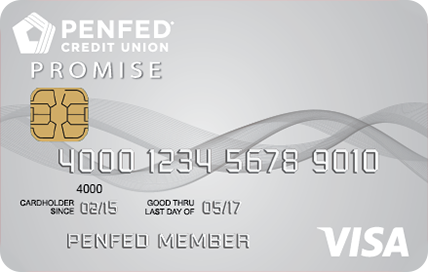

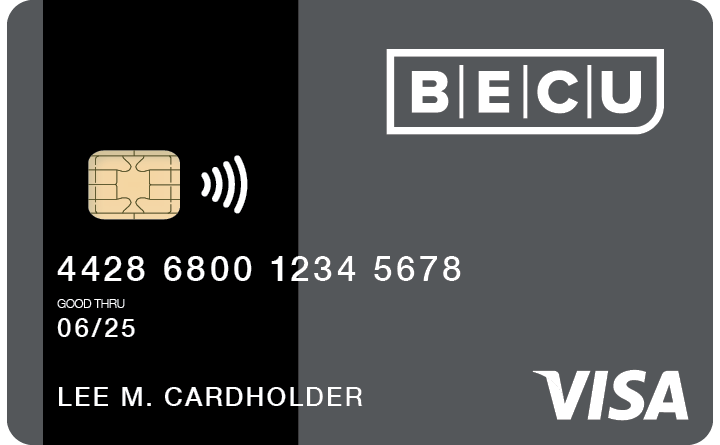

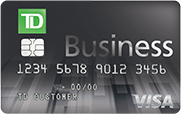
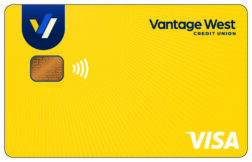
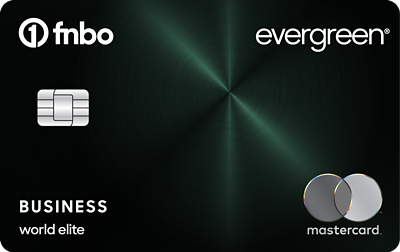
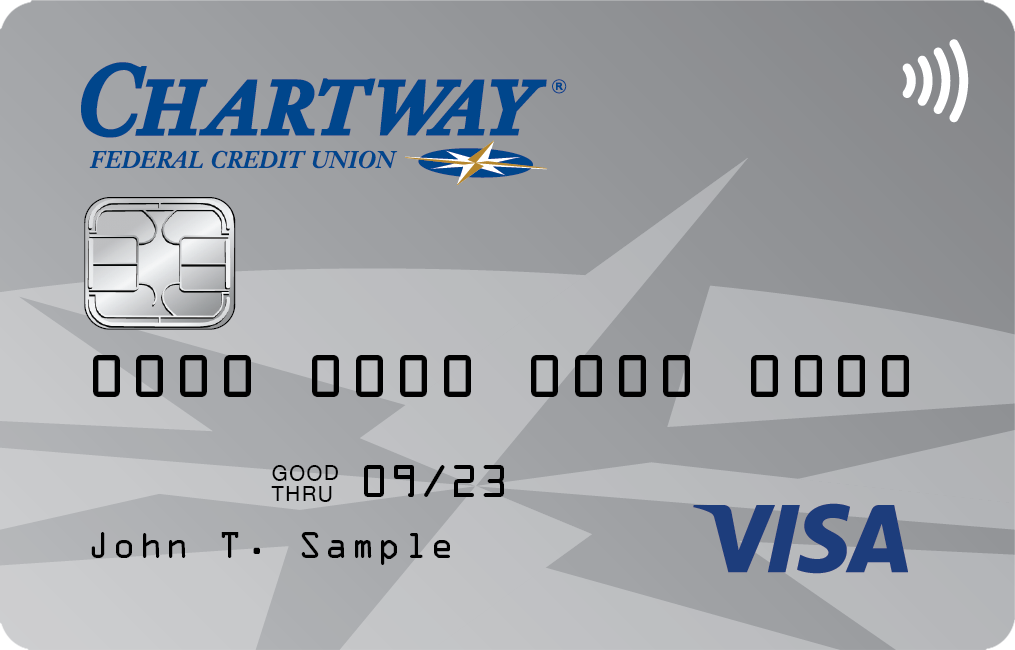


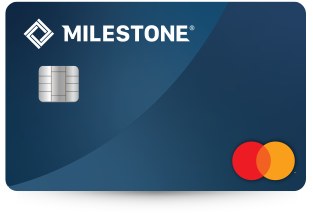
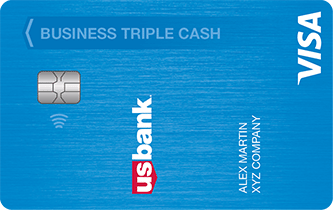

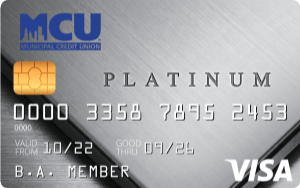
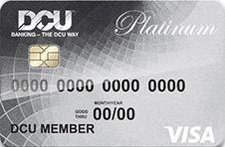
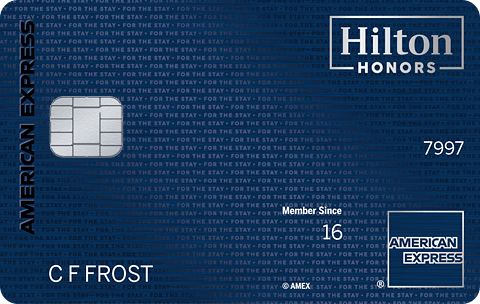
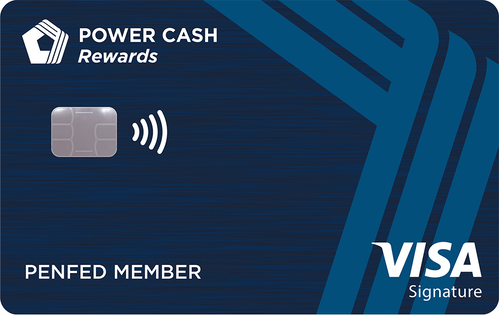
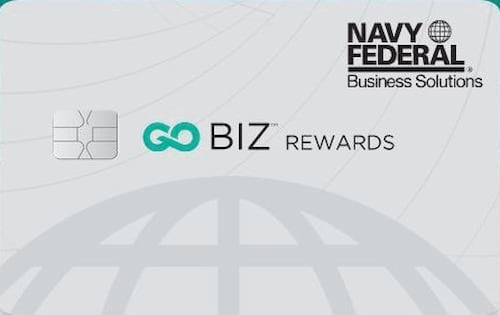

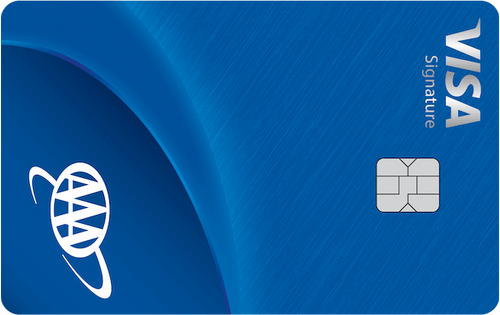
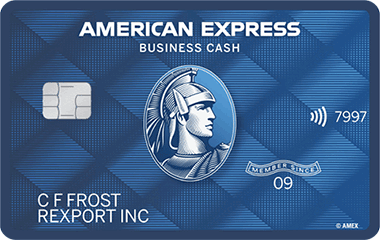
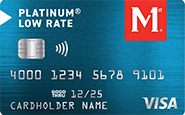
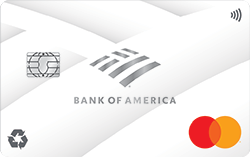


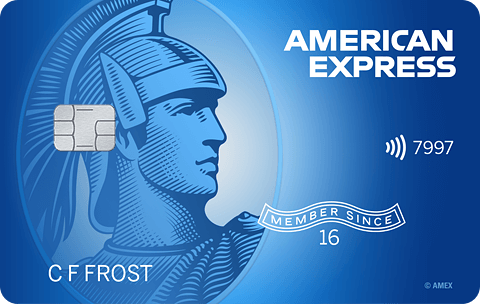
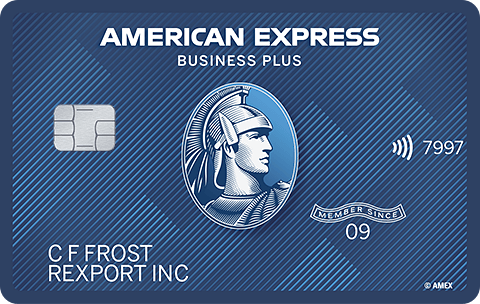



Total revolving limits 568220 (504020 reporting) FICO 8: EQ 689 TU 691 EX 682
- Mark as New
- Bookmark
- Subscribe
- Mute
- Subscribe to RSS Feed
- Permalink
- Report Inappropriate Content
Re: Utilization has no memory... But should it?
@SouthJamaica wrote:
@Thomas_Thumb wrote:
@SouthJamaica wrote:My apologies; I stand corrected. I thought you were suggesting that letting balances post helps one's credit score.(As to it being "financially advantageous" to pay after statement cut rather than before, one would have to be spending an awful lot of money with credit cards for it to make a significant difference. E.g., a person with a $5000 a month credit card spend, with an average outstanding balance of $2500, who was paying 25 days later than the person who pays before statement cut, would be making a whopping $1.71 in interest if he had the $2500 tucked away in a savings account at the highest savings account rate. I would forego the $1.71 for the piece of mind that comes from paying things off way ahead of time.)SJ -
My math comes out a bit different as follows:
1) Average monthly spend is $3000
2) Time between statement cut date and due date is 21 days.
3) Payment of $3000 made 1 day before due date
4) Let's say time value of money is 6% ROI on an annual basis
Between statement cut date and due date spend continues at a constant rate. So at the time of the $3000 payment actual outstanding balance is $5000. Now balance drops to $2000. Then the cycle repeats. So, on average thru out the year balance is around $3500. At a 6% ROI that equated to $210 over a year by my reasoning. Market indexes have done better than 6%.
I gain nothing by paying off charges early.
Each to his own.
Your assumptions are off. If the spend is $3k, assuming it's done gradually, the average balance is 1500.
The ROI isn't 6% annually it's 1% annually, unless you have some way of earning 6% risk-free that I don't have.
%1 divided by 12 x $1500 = $1.25 month
Or to put it more simply, whatever the average balance is, the return on it is 1% over the year. If you think it's $3500, with which I disagree, your return is $35 per year.
You are incorrect, average balance thruout the year would be $3500 based on a $3000 average monthly spend with payments made 20 days after start of the next 30 day cycle. Why, because charges have reached $5000 by the time one pays the $3000 statement amount. So, when payment is made 20 days into the next cycle balance will be $2000. Say statement cuts on day 11 at $3000 and payment of $3000 is made on day 31. At that time balance is $5000 so after payment balance will be $2000. Then on the next day 11 another statement cuts with a $3000 balance and the cycle continues
So average balance is $3500 for the $3000 average spend based on the 20 day lag time. Now if lag time were shortened then average monthly balance would be less even though monthly spend remains the same. Furthermore, a 6% annual return on a $3500 average balance throughout the year does equate to $210 in a year. Not interested in risk free, interested in beating inflation to avoid erosion and in leveraging credit to my advantage. A monthly PIF is a PIF regardless of when made.
BTW - I recall years when CDs were paying over 10%. It's all about dollar averaging over the long run and taking advantage of "free" money. Times have changed so must investment tactics to stay ahead.
| Day | Balance |
| 1 | $2,000 |
| 2 | $2,100 |
| 3 | $2,200 |
| 4 | $2,300 |
| 5 | $2,400 |
| 6 | $2,500 |
| 7 | $2,600 |
| 8 | $2,700 |
| 9 | $2,800 |
| 10 | $2,900 |
| 11 | $3,000 |
| 12 | $3,100 |
| 13 | $3,200 |
| 14 | $3,300 |
| 15 | $3,400 |
| 16 | $3,500 |
| 17 | $3,600 |
| 18 | $3,700 |
| 19 | $3,800 |
| 20 | $3,900 |
| 21 | $4,000 |
| 22 | $4,100 |
| 23 | $4,200 |
| 24 | $4,300 |
| 25 | $4,400 |
| 26 | $4,500 |
| 27 | $4,600 |
| 28 | $4,700 |
| 29 | $4,800 |
| 30 | $4,900 |
| 31 | $5,000 |
| Avg | $3,500 |
Fico 8: .......EQ 850 TU 850 EX 850
Fico 4 .....:. EQ 809 TU 823 EX 830 EX Fico 98: 842
Fico 8 BC:. EQ 892 TU 900 EX 900
Fico 8 AU:. EQ 887 TU 897 EX 899
Fico 4 BC:. EQ 826 TU 858, EX Fico 98 BC: 870
Fico 4 AU:. EQ 831 TU 872, EX Fico 98 AU: 861
VS 3.0:...... EQ 835 TU 835 EX 835
CBIS: ........EQ LN Auto 940 EQ LN Home 870 TU Auto 902 TU Home 950
- Mark as New
- Bookmark
- Subscribe
- Mute
- Subscribe to RSS Feed
- Permalink
- Report Inappropriate Content
Re: Utilization has no memory... But should it?
@SouthJamaica wrote:
@Thomas_Thumb wrote:
@SouthJamaica wrote:My apologies; I stand corrected. I thought you were suggesting that letting balances post helps one's credit score.(As to it being "financially advantageous" to pay after statement cut rather than before, one would have to be spending an awful lot of money with credit cards for it to make a significant difference. E.g., a person with a $5000 a month credit card spend, with an average outstanding balance of $2500, who was paying 25 days later than the person who pays before statement cut, would be making a whopping $1.71 in interest if he had the $2500 tucked away in a savings account at the highest savings account rate. I would forego the $1.71 for the piece of mind that comes from paying things off way ahead of time.)SJ -
My math comes out a bit different as follows:
1) Average monthly spend is $3000
2) Time between statement cut date and due date is 21 days.
3) Payment of $3000 made 1 day before due date
4) Let's say time value of money is 6% ROI on an annual basis
Between statement cut date and due date spend continues at a constant rate. So at the time of the $3000 payment actual outstanding balance is $5000. Now balance drops to $2000. Then the cycle repeats. So, on average thru out the year balance is around $3500. At a 6% ROI that equated to $210 over a year by my reasoning. Market indexes have done better than 6%.
I gain nothing by paying off charges early.
Each to his own.
Your assumptions are off. If the spend is $3k, assuming it's done gradually, the average balance is 1500.
The ROI isn't 6% annually it's 1% annually, unless you have some way of earning 6% risk-free that I don't have.
%1 divided by 12 x $1500 = $1.25 month
Or to put it more simply, whatever the average balance is, the return on it is 1% over the year. If you think it's $3500, with which I disagree, your return is $35 per year.
Actually, he is correct in the 3500 dollar average daily balance. The daily balance would always be between 2000 and 5000, but only 2000 would be available for any long term high yield investment. The minimum balance is all that you would have that would not be needed to meet the payment. The other monies would have to be in very short term investment and would be between 0 right after payment, and 3000 right before payment. I do not know of any investment that is not high risk that can make 6% ROI. If there are some...why are all the banks lending people money for houses at a little over 3% for 30 years. The bank would be better off just investing in the 6% yield investment. The short term investment will not even be at 0.5%. I financed a car at 1.75%.
EX fico08=815 06/16/24
EQ fico09=809 06/16/24
EX fico09=799 06/16/24
EQ fico bankcard08=838 06/16/24
TU Fico Bankcard 08=847 06/16/24
EQ NG1 fico=802 04/17/21
EQ Resilience index score=58 03/09/21
Unknown score from EX=784 used by Cap1 07/10/20
- Mark as New
- Bookmark
- Subscribe
- Mute
- Subscribe to RSS Feed
- Permalink
- Report Inappropriate Content
Re: Utilization has no memory... But should it?
You are correct about only $2000 being available for longer term investing. The remainder would need to be short term at a rather low ROI. In many respects the tried and true PIF before due date strategy is not unlike carrying a balance on a 0% APR promo card that could be paid off.
It's been an interesting side bar discussion but, I'm going to move on as it's rather off topic from the OPs post.
Fico 8: .......EQ 850 TU 850 EX 850
Fico 4 .....:. EQ 809 TU 823 EX 830 EX Fico 98: 842
Fico 8 BC:. EQ 892 TU 900 EX 900
Fico 8 AU:. EQ 887 TU 897 EX 899
Fico 4 BC:. EQ 826 TU 858, EX Fico 98 BC: 870
Fico 4 AU:. EQ 831 TU 872, EX Fico 98 AU: 861
VS 3.0:...... EQ 835 TU 835 EX 835
CBIS: ........EQ LN Auto 940 EQ LN Home 870 TU Auto 902 TU Home 950
- Mark as New
- Bookmark
- Subscribe
- Mute
- Subscribe to RSS Feed
- Permalink
- Report Inappropriate Content
Re: Utilization has no memory... But should it?
@Thomas_Thumb wrote:You are correct about only $2000 being available for longer term investing. The remainder would need to be short term at a rather low ROI.
Of course rate of return today is the does not negate the strategy of money float. The PIF strategy is not unlike carrying a balance on a 0% APR promo card that could be paid off.
Well I checked and the higher end of 12 month cd's are currently at ally bank...it is still free money.
EX fico08=815 06/16/24
EQ fico09=809 06/16/24
EX fico09=799 06/16/24
EQ fico bankcard08=838 06/16/24
TU Fico Bankcard 08=847 06/16/24
EQ NG1 fico=802 04/17/21
EQ Resilience index score=58 03/09/21
Unknown score from EX=784 used by Cap1 07/10/20
- Mark as New
- Bookmark
- Subscribe
- Mute
- Subscribe to RSS Feed
- Permalink
- Report Inappropriate Content
Re: Utilization has no memory... But should it?
It's amazing how much CD's have changed since the 80's. I had two $1000 CD's purchased for me when I was a kid in 1984 and 1985, one a little over 10% and one a little under. Dramatically different than today, no doubt.
Unfortunately one of the CD's was "lost" over the years when banks merged and such. It never made it to unclaimed funds (which I check all the time) which means a bank still possesses it. Probably valued at $3500 or so today, it would certainly be nice to have ![]() I've been actively looking for it, off and on for about 5 years now. Maybe one day...
I've been actively looking for it, off and on for about 5 years now. Maybe one day...
- Mark as New
- Bookmark
- Subscribe
- Mute
- Subscribe to RSS Feed
- Permalink
- Report Inappropriate Content
Re: Utilization has no memory... But should it?
Also back on topic with the original thread discussion, we all know that if all of your accounts report a 0 balance and you have 0% utilization your scores take a hit. This happened to me last week and all of my scores dropped 14-20 points. I find it amusing that the reason for the drop is "no recent credit card use" when in the last 3 weeks I put $4k in transactions through revolvers ![]()
If utilization had some sort of memory, even if it was slight, we wouldn't take a score hit for reporting 0% utilization if there was in fact very recent usage.

